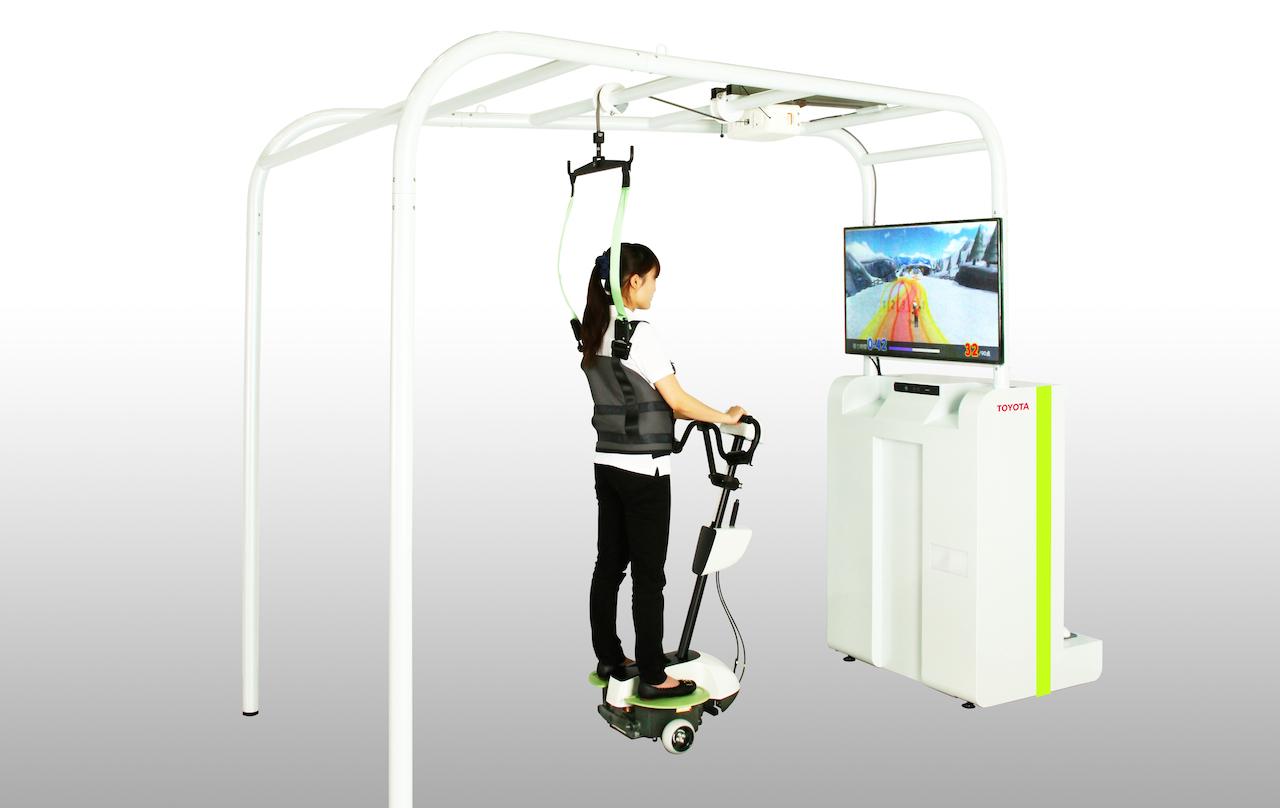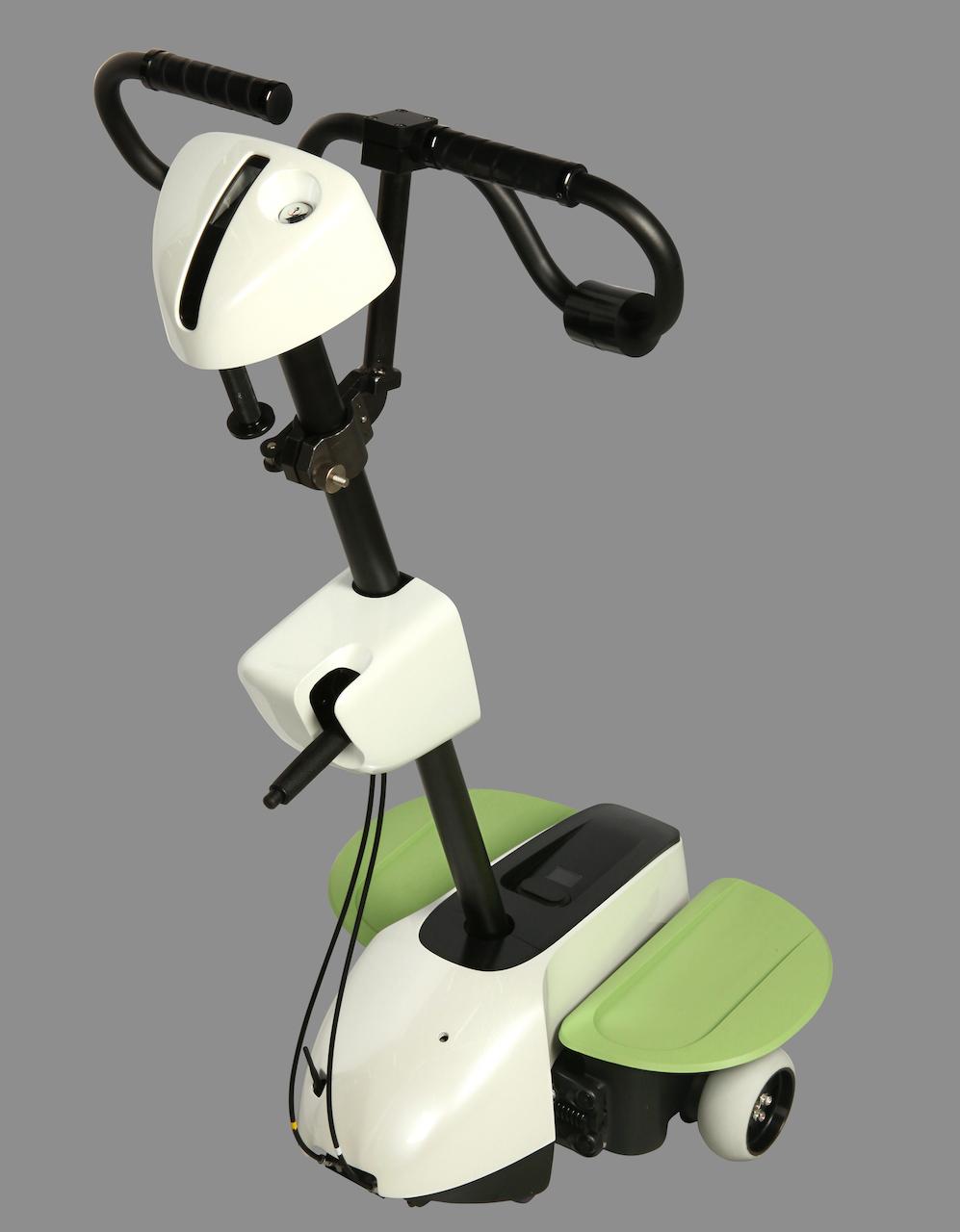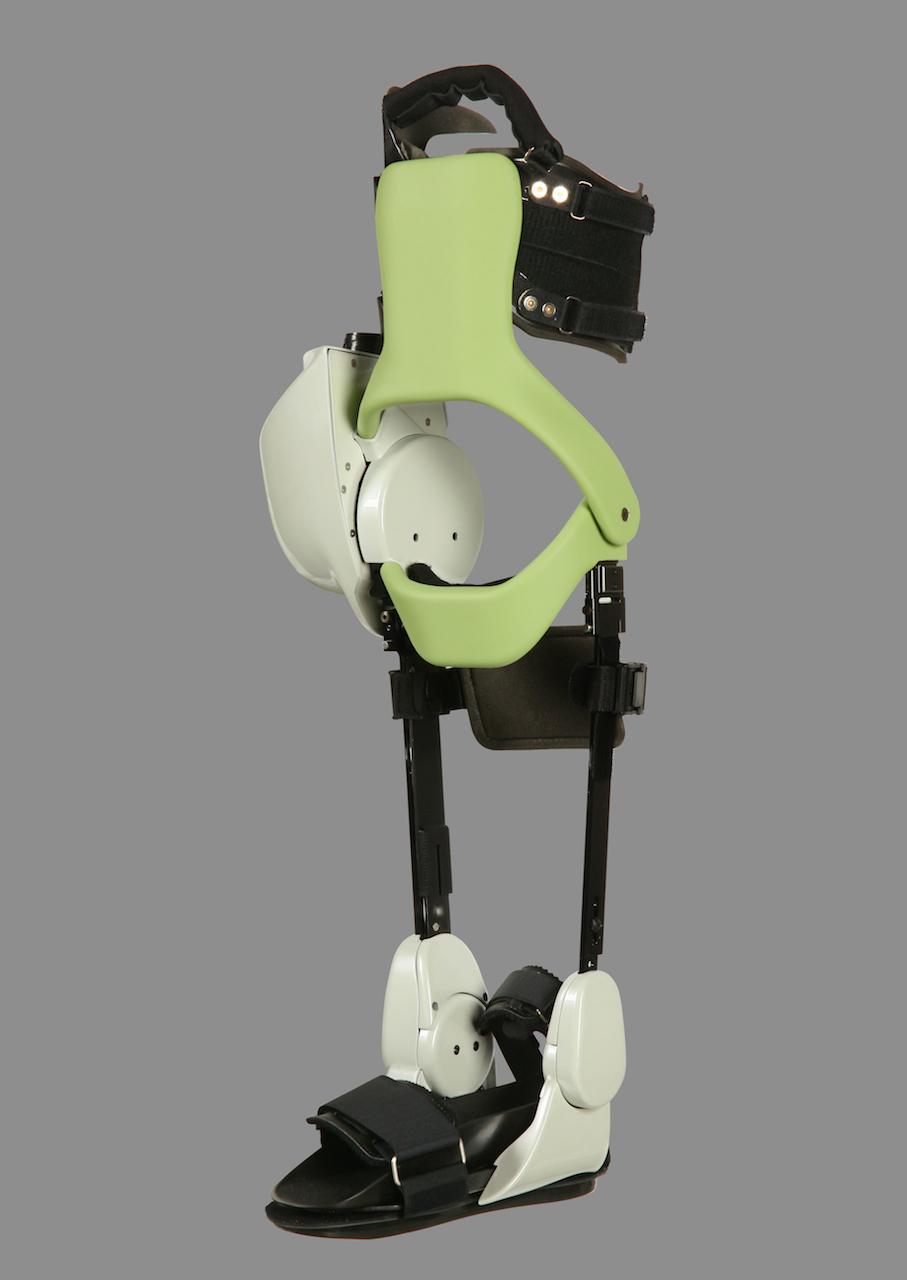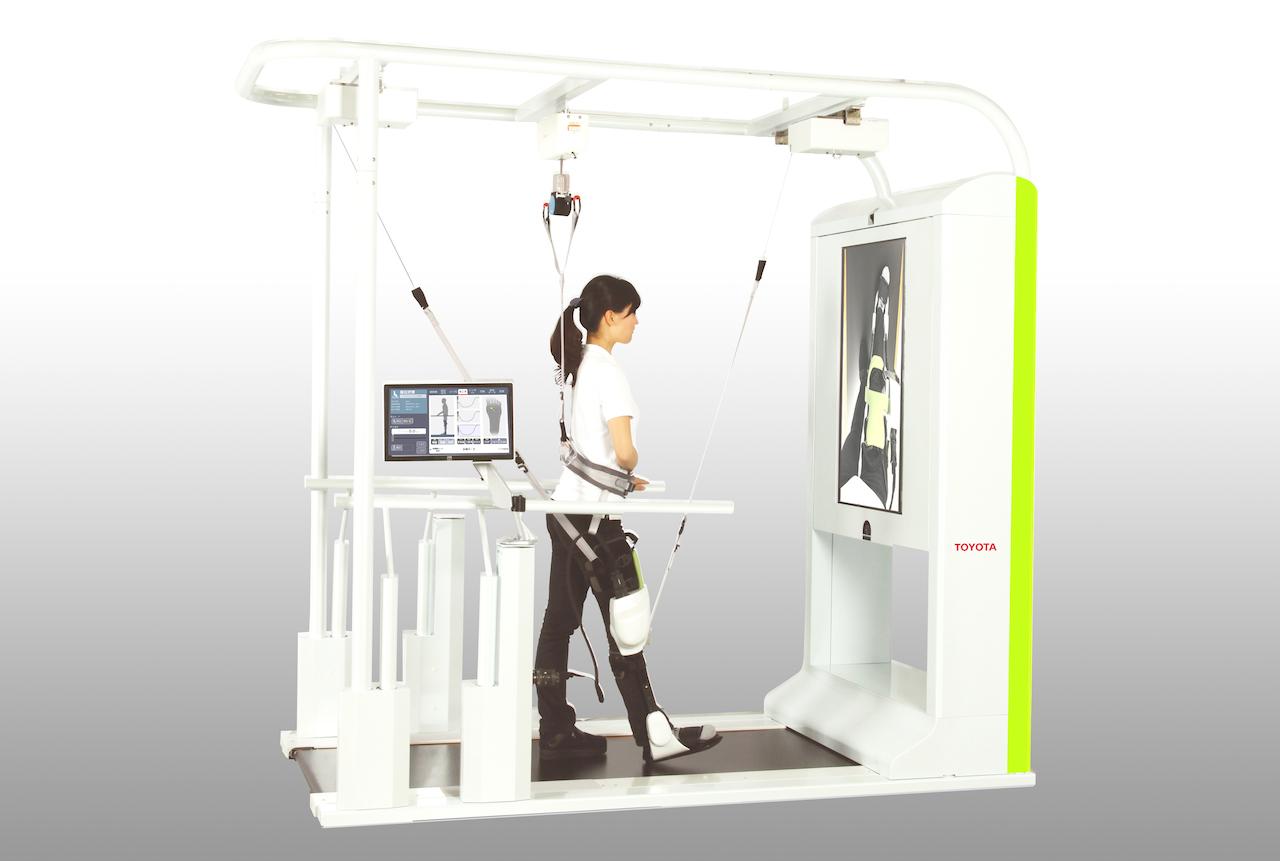Toyota rehab robots boost bionic leg and balance game
Toyota is rolling out new versions of its assist robotics, updating its "bionic leg" and balance-gamification system for rehabilitation and testing them out in Japanese hospitals. The Walk Training Assist and Balance Training Assist hardware aim to help paralyzed or recovering patients to regain their mobility skills, and are now more responsive to different degrees of rehab.
Toyota's trial of the technologies began back in late 2011, with early versions headed into select hospitals and clinics in Japan. At the time, a commercial launch was pencilled in for 2013, though that window has obviously come and gone with no release.
The goal now is sales "as soon as possible" for the two platforms.
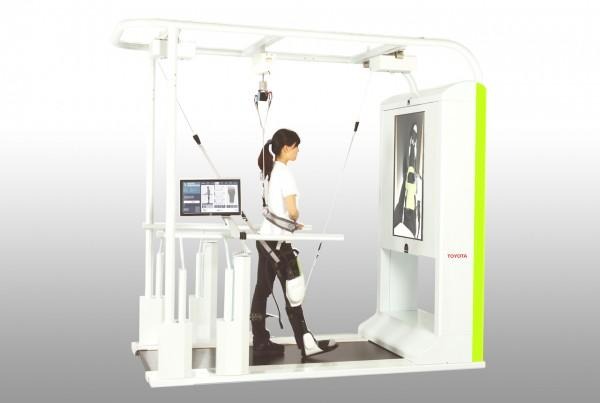
The Walk Training Assist is a knee and lower-leg brace which helps proper leg-swing, knee straightening, and body-weight support. For the 2014 version, Toyota has added variable resistance levels that can be adjusted depending on how far through rehab the wearer is, along with audio and visual feedback of joint-angle and walking data.
It's also been redesigned for quicker mounting, while a new lifting mechanism should reduce the effective weight put on the patient's leg.
As for the Balance Training Assist system, that uses a Segway-style "Winglet" personal transport device on which the patient balances, with their movements controlling an on-screen character similar to a Nintendo Wii Balance Board game. Toyota has added in skiing and rodeo activities to the existing tennis task, which encourage shifting of the center-of-gravity. Responsiveness has also been boosted, while difficultly levels now automatically adjust depending on how far through rehab the player is.
Toyota isn't the only company exploring robotic prosthetics and assisted-walking devices, however. Honda also has a test program underway, basing its Walking Assist brace on research from the ASIMO project.

